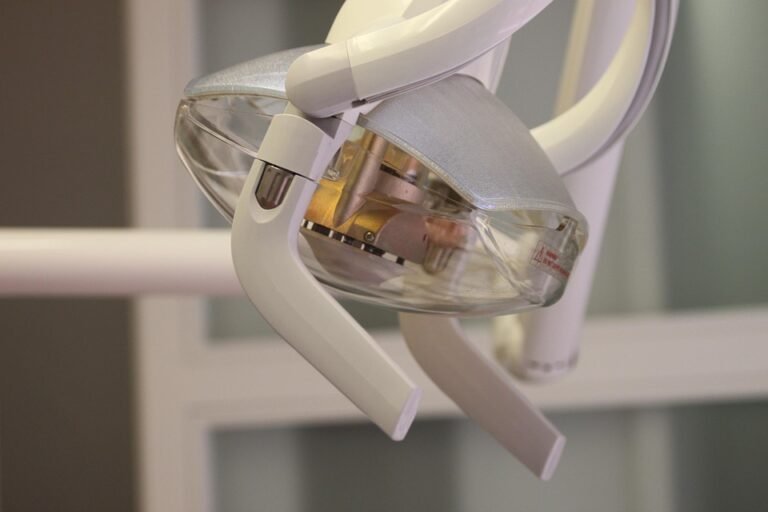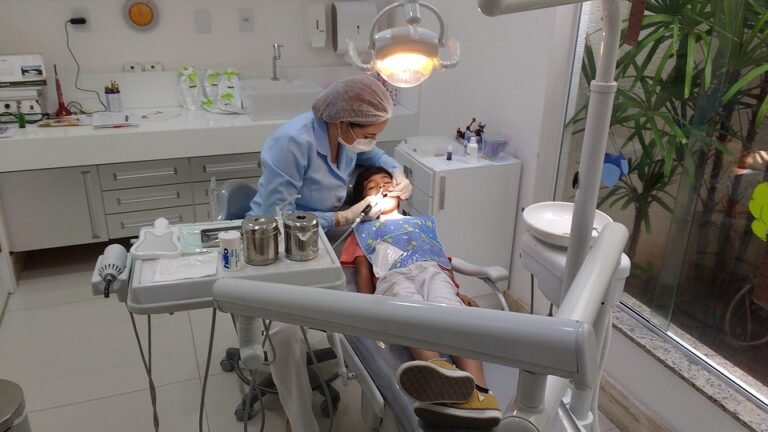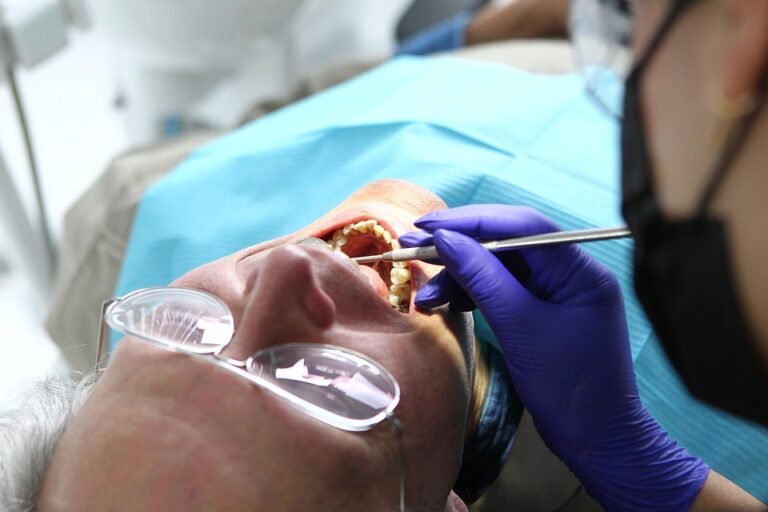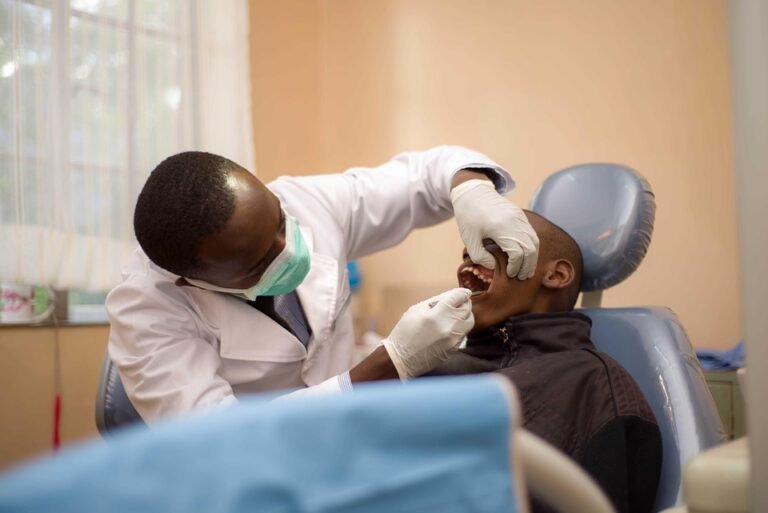What are the technical requirements for accessing online dental courses
Okay, so I’m thinking about taking some online courses to brush up on my knowledge of endodontics and maybe even get a certification in implants eventually. The thing is, I’m not super tech-savvy. I’m mostly worried about whether my old laptop and internet are even up to the task.
Specifically, I’m curious about:
- Computer Hardware: Like, do I need a super fancy graphics card? What about RAM? Is my 8GB of RAM enough, or do I need 16GB? And processor speed – is an Intel i5 good enough, or am I going to struggle?
- Operating System: I’m still running Windows 10. Is that going to be a problem? Should I upgrade to Windows 11? Or are some courses designed to work better on a Mac?
- Internet Connection: My internet is… let’s just say "stable but not the fastest." What kind of minimum download and upload speeds are generally needed for things like streaming video lectures and participating in online discussions? And what about if there are live virtual labs?
- Software: Do I need to buy any specific software to view the course materials? Things like specialized PDF readers or simulation software? What about the dreaded "locked down browsers" for exams?
- Specifics for Simulation Software: If the course requires running dental simulation software, what are the precise hardware and software specs for that? I don’t want to drop money on a course only to find out my computer can’t handle the software.
- Mobile Access: Can I reasonably access the course materials on a tablet (like an iPad) or is it really only designed for desktop/laptop use?
- Microphone and Webcam: Is a built-in laptop mic and webcam usually sufficient, or should I invest in something better for online discussions and presentations?
Basically, I just want to know what I’m getting into before I commit to anything. I don’t want to be stuck with a course I can’t properly access. Thanks!
Answer
To access online dental courses, several technical requirements typically need to be met, encompassing hardware, software, internet connectivity, and sometimes specific peripherals. These requirements ensure a smooth and effective learning experience.
Hardware Requirements:
- Computer: A desktop or laptop computer is generally required. While tablets and smartphones might allow access to some course materials, they are often less suitable for interactive elements, assessments, and certain software applications.
- Operating System: Compatibility with the course platform is essential. Commonly supported operating systems include:
- Windows (Windows 10 or later is often recommended for compatibility with newer software and security features)
- macOS (current or recent versions are usually supported)
- Linux (less common, but sometimes supported depending on the platform and software used)
- Processor: A reasonably powerful processor is needed to run video conferencing software, interactive simulations, and dental imaging software. Intel Core i5 or equivalent AMD Ryzen processors are generally sufficient. Higher-end processors may be required for resource-intensive applications.
- RAM: Sufficient RAM is crucial for multitasking and running software smoothly. 8GB of RAM is often the minimum recommended, with 16GB being preferable for demanding applications or virtual environments.
- Storage: Adequate hard drive space is needed for installing software, downloading course materials, and storing personal files. Solid-state drives (SSDs) are recommended over traditional hard disk drives (HDDs) for faster performance. At least 256GB of storage is recommended, with 512GB or more being ideal.
- Monitor: A monitor with a decent resolution (at least 1920×1080 or 1080p) is needed for comfortable viewing of course materials, dental images, and software interfaces. Dual monitors can be beneficial for multitasking.
- Webcam: A webcam is necessary for participating in live video conferences, virtual labs, and proctored exams. An integrated webcam or an external USB webcam can be used.
- Microphone: A microphone is required for speaking during video conferences and virtual discussions. This can be built-in to the computer or headset, or a separate USB microphone.
- Speakers or Headphones: For listening to lectures, videos, and participating in audio discussions, speakers or headphones are needed. A headset with a microphone is often recommended for clarity and privacy.
Software Requirements:
- Web Browser: A modern web browser is essential for accessing the online course platform. Popular and commonly supported browsers include:
- Google Chrome (often recommended for compatibility)
- Mozilla Firefox
- Safari
- Microsoft Edge
It is crucial to keep the browser updated to the latest version for security and compatibility reasons.
- PDF Reader: A PDF reader, such as Adobe Acrobat Reader, is needed for viewing and downloading PDF documents containing course materials, articles, and other resources.
- Video Conferencing Software: Software like Zoom, Microsoft Teams, or Google Meet is often used for live lectures, virtual meetings, and collaborative sessions. Specific software requirements will be provided by the course provider.
- Media Player: A media player, such as VLC Media Player or Windows Media Player, is needed for playing video and audio files included in the course materials.
- Dental Imaging Software: Some courses may require specific dental imaging software for viewing and analyzing radiographs, CBCT scans, and other dental images. This software may have its own specific system requirements. Example: Romexis, Planmeca.
- Office Suite: Software like Microsoft Office (Word, Excel, PowerPoint) or Google Workspace (Docs, Sheets, Slides) may be needed for creating documents, spreadsheets, and presentations as part of coursework.
- Antivirus Software: Active antivirus software is crucial for protecting the computer from malware and viruses, which can compromise security and interfere with course access.
- Screen Sharing Software: Some courses, particularly those involving remote assistance or demonstrations, might require screen sharing software.
Internet Connectivity Requirements:
- Broadband Internet Connection: A stable and reliable broadband internet connection is essential for accessing online course materials, participating in live sessions, and downloading large files. DSL, cable, or fiber optic connections are generally suitable.
- Minimum Bandwidth: The required bandwidth depends on the specific course activities. A minimum download speed of 5 Mbps and an upload speed of 1 Mbps is generally recommended for basic activities. Higher bandwidth (e.g., 10 Mbps download, 2 Mbps upload) may be needed for video conferencing and streaming high-quality video content.
- Wi-Fi or Ethernet: A Wi-Fi connection can be convenient, but a wired Ethernet connection is often more stable and reliable, especially for bandwidth-intensive activities.
Peripherals (Optional but Potentially Useful):
- External Hard Drive: For backing up important files and storing large amounts of data, an external hard drive can be beneficial.
- Graphics Tablet: For courses involving digital art, design, or detailed image manipulation, a graphics tablet can provide more precise control than a mouse.
- 3D Mouse: In specific dental software applications, a 3D mouse can be useful for manipulating 3D models and navigating complex environments.
Other Considerations:
- Course-Specific Requirements: It is essential to carefully review the specific technical requirements outlined by the course provider. Some courses may have unique software or hardware requirements based on the curriculum and activities.
- Technical Support: Access to technical support from the course provider is crucial in case of technical issues.
- Regular Updates: Keeping the operating system, web browser, software, and drivers updated is important for security, performance, and compatibility.
Meeting these technical requirements will help ensure a successful and productive experience with online dental courses. It is always recommended to check the specific requirements of each course before enrolling.






